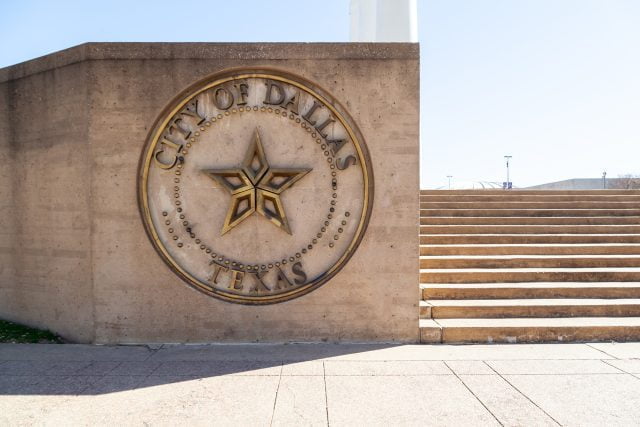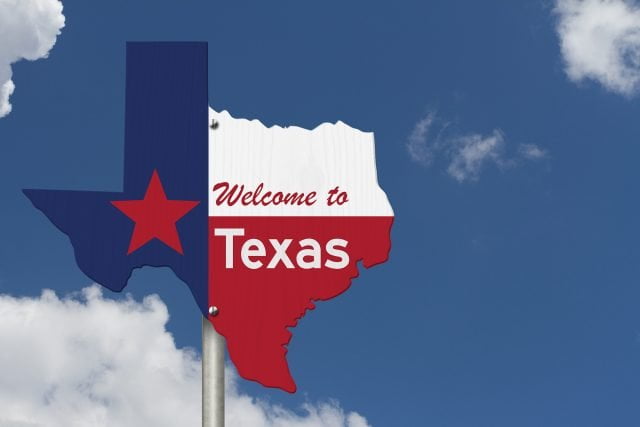
Dallas Police and Fire Pension Problems Addressed
Alicia H. Munnell is a columnist for MarketWatch and senior advisor of the Center for Retirement Research at Boston College.
Changes impact current retirees, current employees, and current and future taxpayers.
At the end of May, the Governor of Texas signed a pension reform bill for the Dallas Police & Fire Pension System (and separate measures for Houston’ three pension plans). This legislation reduces benefits, reforms the Deferred Retirement Option Program (DROP), and raises revenues. (A DROP is an arrangement under which employees entitled to retire continue working and have their monthly benefit deposited in a notional account where it accrues interest and can be taken out as a lump sum.) The changes show that when things get really crazy, it forces all parties to the table to find a solution.
And crazy does describe the investments of the Dallas Police & Fire Pension System. Dallas had 70 percent of its assets in alternatives, including real estate, compared to an average of 22 percent for our sample of 160 state and local plans – and those investments produced very large losses. At the same time, Dallas had a very large and generous DROP. The DROP balances accounted for 56 percent of plan assets, which meant that more than half of plan assets were available for immediate withdrawal; this situation seriously exacerbated the plan’s financial problems. At the end of 2016, the pension plan was about 49 percent funded and was projected to drop to 40 percent without any action.
To goal of the reform was to put the plan on some form of sound financial footing.
In terms of benefit cuts, the new legislation: (The details are somewhat complicated because the plan already had different provisions for those hired before and after certain dates.)
- Reduces the benefit multiplier to 2.5 percent of salary for all future service. For those hired before March 1, 2011, this change means a cut from 3 percent. For those hired after March 1, 2011, this change looks more like a wash.
- Increases the full retirement age to 58, from 50 for employees hired before March 1, 2011 and from 55 for those hired after.
- Links future cost-of-living adjustments (COLAs) to the plan achieving a funded ratio of 70 percent, with COLAs then subject to board approval.
In terms of the DROP, the legislation:
- Limits the years in the DROP to 10; previously, the period was unlimited.
- Changes the payment of DROP assets from a lump sum to an annuity.
- Eliminates interest payment on assets in an active DROP, which previously guaranteed 6 percent and once as much as 10 percent. (Interest will be paid at a Treasury-based rate on balances during the payment of the annuity.)
In terms of revenues, the legislation:
- Increases the employees’ contribution rate to 13.5 percent from 8.5 percent for non-DROP participants and 4 percent for DROP participants.
- Raises the city’s contribution from 27.5 percent to 34.5 percent of payroll, plus $13 million per year until 2024 when an actuarial analysis will assess whether the plan will meet its funding target.
The reason for identifying the specific changes is not that anyone needs to know exactly what happened to the Dallas Police and Fire Pension System, but rather to point out that – when necessary – all parties can pull together and sacrifice to find a solution. Current retirees will lose their COLAs until the plan’s funded status improves substantially. Current workers will receive lower benefits, face a much curtailed DROP program, and pay higher contributions. Current and future taxpayers will make higher employer contributions and pay an additional $13 million per year.
Why do we have to wait until plans are in such dire conditions before any action is taken?







